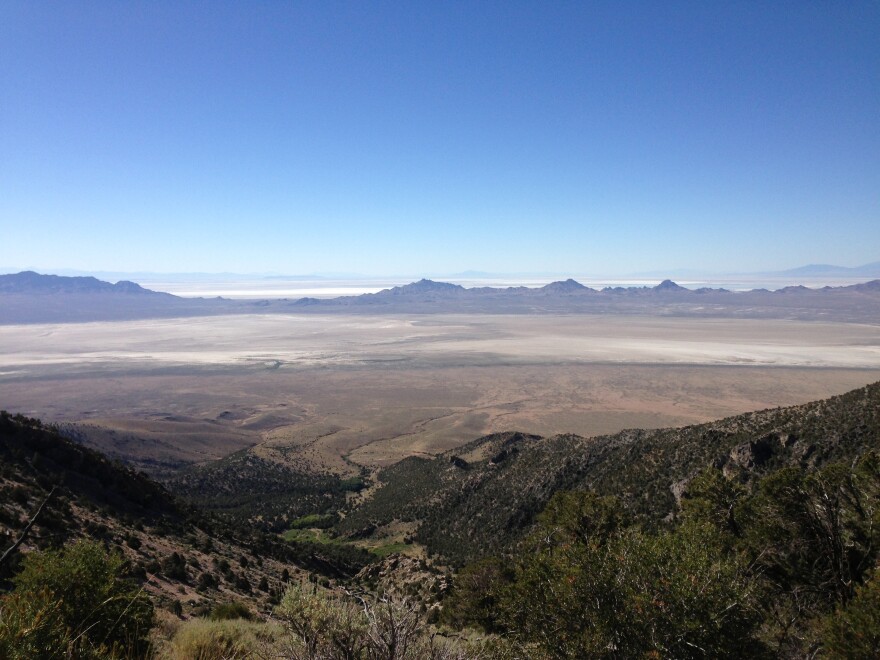Ancient human footprints were recently discovered in the Great Salt Lake Desert by two archaeologists on their way to an excavation site. Daron Duke, an archaeologist with the Far Western Anthropological Research Group, invited Thomas Urban, a Cornell University archaeologist, to explore the area around Hill Air Force Base. Duke noted that geologic conditions here were similar to White Sands, New Mexico, where Urban and a team of others discovered ancient human footprints just last year.
“And it happened on the first day as we were driving out onto the range, and we were talking about footprints, and he was talking about context. And he was looking around out the window …and then, you know, 'they would look kind of like that!' pointing out the window. And that's how they were found,” Duke said.
The area where Duke is working is sometimes called the Bonneville Basin because it was covered by the Pleistocene Lake Bonneville until about 14 thousand years ago. Duke said the newly discovered human footprints likely date back about twelve-thousand years. In those days, the area would have been a marshland.
“A lot of the big open desert pans that you would find now, those had water in them…. And in the shallows of the of these freshwater lakes would have also been extensive vegetation, and wildlife, and was really good for people,” Duke said.
The ancient tracks were formed when humans stepped in mud or shallow water and sand filled the imprints of their bare feet.
“The context, people walking in shallow water in a marshland, would be repeated a million times over by people for several 1000 years, while those conditions lasted. ...It's an impression left on the ground and has to be preserved geologically, but I think those conditions should duplicate themselves,” Duke said.
Eighty-eight footprints, both child and adult, were discovered at the Hills Air Force Base Utah Test and Training Range. Duke believes this discovery will help archaeologists know what to look for as they investigate similar sites in the U.S. desert West.



